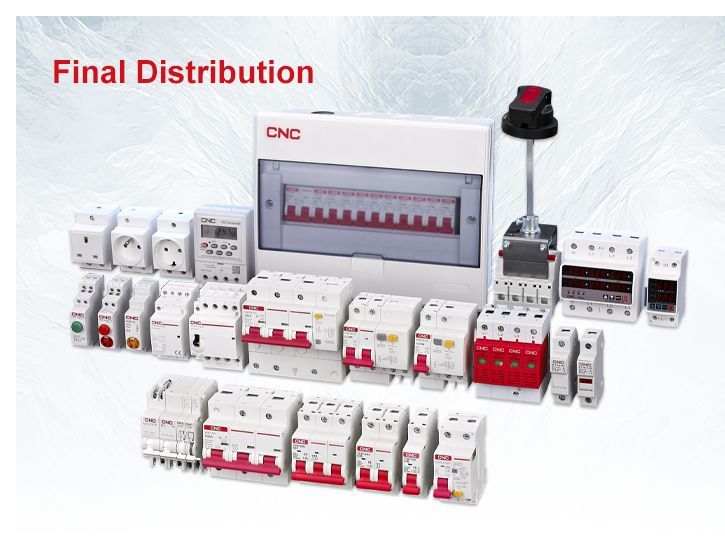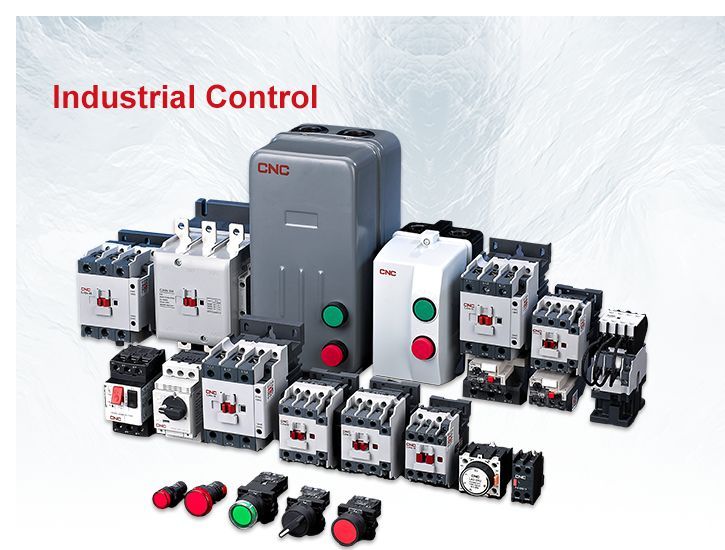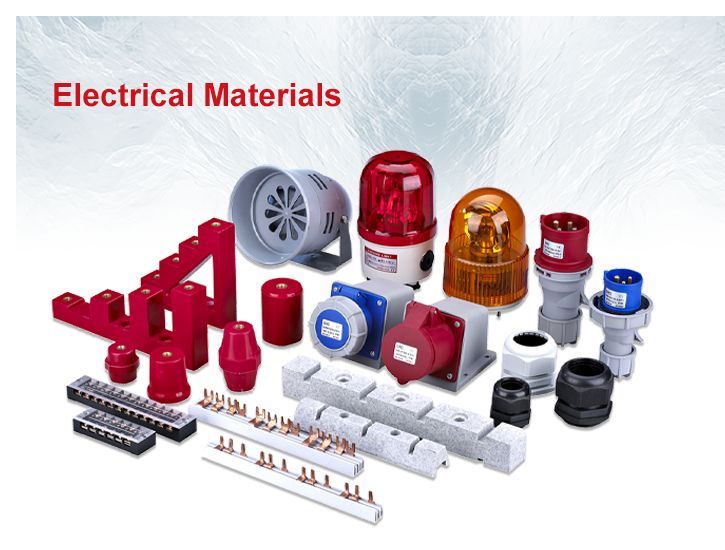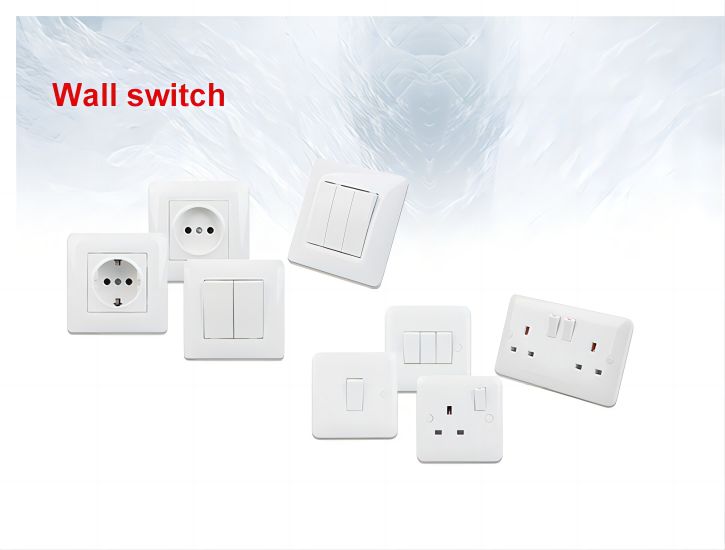Electrical safety is the foremost in any home or workplace, and such a device that is a must for maintaining safety is the Residual Current Circuit Breaker. Be it utter familiarization of the terminology or just an initiation of learning about RCCBs, this article will take one through everything about RCCBs and why they are that vital.
What is an RCCB?
The RCCB breaker or Residual Current Device is a device for electrical safety to safeguard against electric shock and other hazards resulting from ground faults or leakage currents. Its primary function is to offer rapid detection against the imbalance in the flow of electrical currents so it can shut off the power supply in order to prevent injury or damage.
Quite simply put, the working principle of an RCCB is based on continually monitoring the flow of electricity through a circuit and tripping whenever it detects any abnormality – say, when the flow of electricity is through an unintended path like through the human body or faulty wiring.
How Does an RCCB Work?
An RCCB works on the principle of constantly comparing the current flowing through the live (phase) conductor and the neutral conductor. Ideally, these two currents should be equal in a working system. On the other hand, if there is a leakage-for instance, when a person comes into contact with a live wire or faulty wiring-the current becomes unbalanced.
This is what is defined as residual current. Whenever the RCCB detects residual current above the set limit-usually set for 30mA in residential systems, for example-it trips the circuit and disconnects the power to that circuit. This happens so that probably fatal electric shock or fire will be prevented from occurring.
Types of RCCB Breaker
RCCBs come in various forms so as to meet variable needs and usage. They include:
- Type AC RCCB: Suitable for general use, it can detect residual currents from AC.
- Type A RCCB: This type detects residual currents both from AC and pulsating DCs.
- Type B RCCB: For complex systems, it senses AC, DC, and higher frequency residual currents.
- Type F RCCB: Designed to detect residual currents in systems with complex electronic loads like Variable Frequency Drives.
Salient Features of RCCB Breakers
RCCBs have found their place in modern electrical installation nests because of the effectiveness of the device in averting serious electrical hazards. Some of the key features of RCCBs are:
Protection Against Electric Shock
Protection against electric shock is perhaps the most important feature of an RCCB. An RCCB operates instantly when residual current is detected and reduces a lot of possibilities of injury or electrocution to a person.
Prevention from Electrical Fire
Electrical fires mostly occur just because some fault goes unnoticed, like faulty wiring or malfunction of appliances. RCCBs help in prevention by readily cutting off the power in case something goes wrong.
Overcurrent Protection
Apart from the detection of residual current, some RCCBs also offer overcurrent protection. This they can do by tripping the circuit in case the electrical load exceeds the particular limit, thereby helping to save appliances and wiring from damage.
Ease of Use
RCCBs have been designed with ease of installation and maintenance in mind. Most devices are compact and fitted into the available electrical systems without much fuss. They are also found in several power distribution boards, which can be installed near the outlets and/or appliances that create a high risk for shock, such as an electric shower or swimming pool pump.
Self-Manual Resetting
In some new RCCBs, this would be an added feature wherein, once the RCCB trips, it will automatically reset and allow the restoration of power supply once the residual current goes back to normal or a safe level.
Why You Need an RCCB
Most countries have made it compulsory to install RCCBs in residential, commercial, and industrial buildings because RCCBs afford an important level of protection that no circuit breaker or fuse can provide.
- For Homes: In residential settings, an RCCB is on site to ensure that the family remains out of reach of electric shocks and burning fires. From saving a priceless life from a defective appliance to preventing an accident with children around, an RCCB is something one cannot afford to miss for safety.
- For Businesses: Especially on work sites using heavy machinery and equipment, the chances of electrical malfunction are higher. RCCBs help protect employees and ensure that electrical systems remain within a safe, operable manner while avoiding unnecessary downtime and expensive repairs.
- For Industrial Applications: Most industrial applications comprise sophisticated electrical arrangements, coupled with great power requirements. The installation of RCCBs at these places becomes paramount in terms of safeguarding the continuity of operations and saving valuable equipment from damage created by electrical faults.
How to Choose the Right RCCB
How to choose the right RCCB breaker for your needs depends on a few factors. Here’s what to consider when buying one:
Sensitivity
The sensitivity of the RCCB is given in milliampere (mA), and for residential applications, the setting is usually 30mA. In some instances, especially for industrial or high-risk applications, it will be more appropriate to use lower sensitivity RCCBs.
Current Rating
This refers to the maximum current the RCCB is able to handle before tripping. Make sure you select an appropriate rating current for your electrical system to avoid tripping it unnecessarily.
Type
As mentioned previously, there are several types of RCCBs, each designed for different electrical installations. Keep in mind the specific requirements of your installation if your electronic equipment is complex and sensitive.
Overcurrent Protection
If you want an RCCB that could also serve protection against overcurrent, then make sure to get a device that can provide Residual Current Circuit Breaker with Overcurrent Protection capability.
Installation and Maintenance
It’s always advisable to have an RCCB installed by a qualified electrician. An installation by a qualified electrician ensures the device works as intended for providing the required protection. The RCCBs require very little maintenance, although frequent testing is recommended to ensure the RCCB functions correctly.
Most of the RCCBs fitted with a test button, provide for manual testing of the device by the user as to whether the device is functioning or not. When this button is pressed, a fault is artificially created and the RCCB should trip instantly. It follows that a good practice would be to test the RCCB at least once every month to ensure it is in good working condition.
The RCCB breaker is such an essential part of any electrical system that it can assure a facility of unparalleled protection against electrical shocks and fire. Be it your home, business, or even an industrial facility, one of the smartest and most proactive moves one can make to help in safeguarding lives and property is through the installation of an RCCB.
As electrical systems become increasingly complicated, and malfunction rates grow, having a reliable RCCB becomes more and more important. The RCCB breaker is something indispensable in the provision of electrical safety in modern installations. Always refer to an electrician who can help you determine the best RCCB for your needs and make sure you’re taking the necessary steps to protect yourself and others from electrical hazards.
Post time: Dec-20-2024

 Projects
Projects.jpg) Solutions
Solutions Services
Services News
News About Us
About Us
























